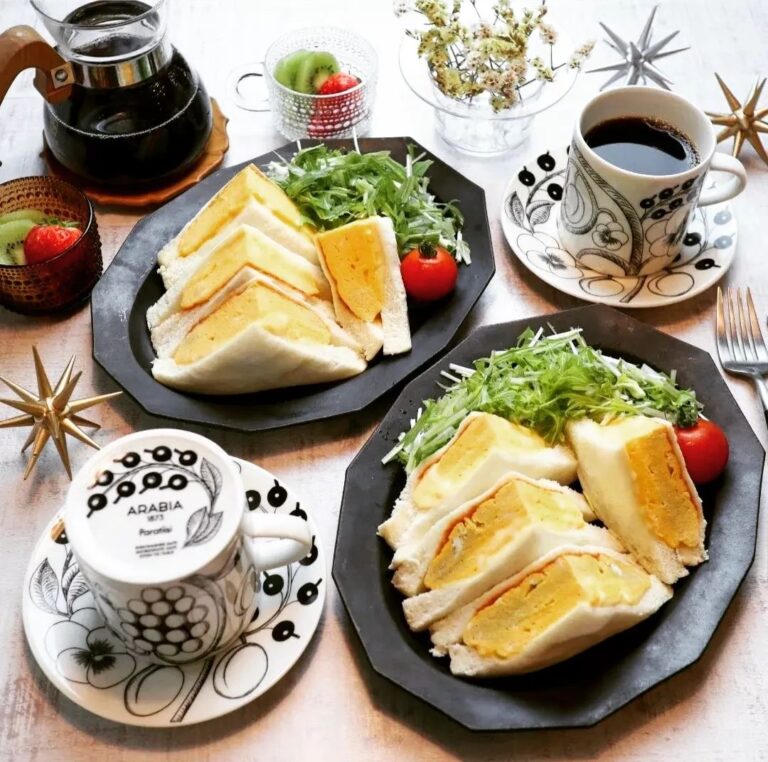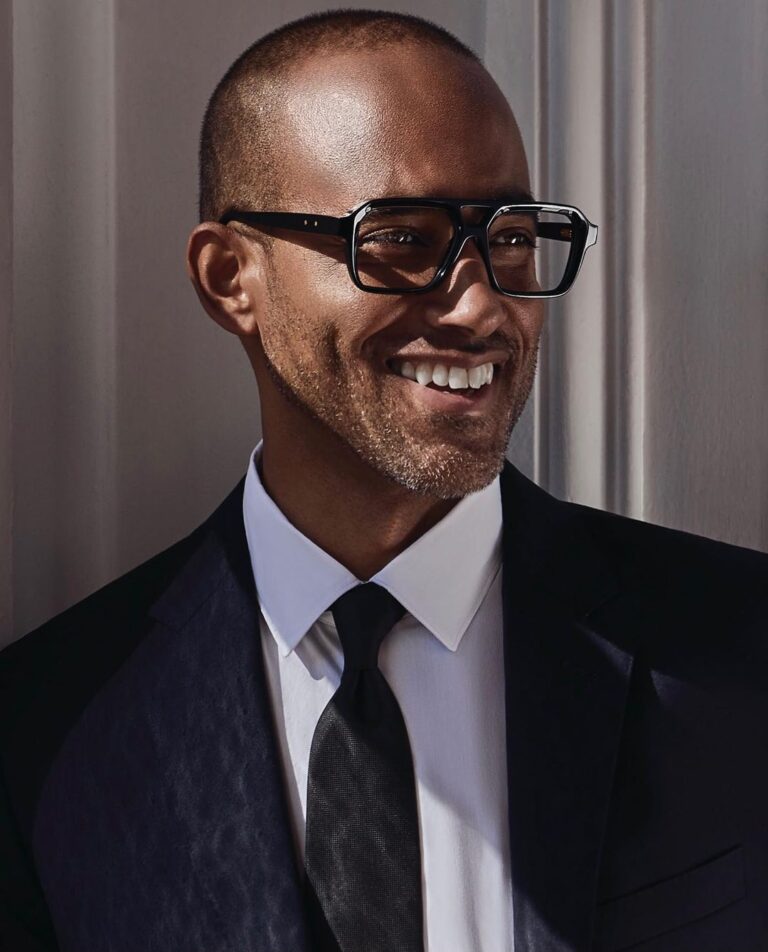Five Key Considerations When Designing a Work Uniform
Before you start designing a work uniform, there are many things you need to first consider.
Five of the most important considerations are taking industry regulations into account, choosing the fabric with care, personalizing the uniform, considering the color and style of the uniform, and creating a budget that you stick to.
1. Take Industry Regulations into Account
One of the first things you need to think about is industry regulations.
There may be none if you’re designing a uniform for, say, a retail workforce. But for some industries, such as construction, there could be regulations to follow to ensure safety standards and compliance are met.
So, spend time researching the industry for which the uniforms will be used before you begin the design process.
2. Choose the Fabric with Care
While the appearance of work uniforms will be at the forefront of your mind, don’t overlook things like comfort and durability as they are critical factors for clothing that will be worn at work.
Enabling wearers of the uniform to be comfortable is important because they need to be able to complete tasks on a daily basis without feeling discomfort, so you need to choose the fabric with care.
You should also select the fabric based on durability. When employees are wearing uniforms every day while completing daily tasks, it’s crucial that the material lasts for a long time.
For some industries, such as ones that involve manual work, fabric durability becomes even more important.
Furthermore, you should choose fabrics that don’t cause skin irritations.
You may also wish to choose a fabric that is easy to wash, doesn’t wrinkle easily, and is resistant to fading.
3. Personalize Uniforms with Custom Patches
You will want to ensure you include the company name and logo on the uniform you design. But it may be easier to design custom patches that include branding rather than printing them directly onto your uniforms during the manufacturing stage.
It could be more cost-effective to sew on patches.
Plus, if a company’s branding changes, the patches on existing uniforms can easily be updated later on.
You could even use customized fabric patches that act as name badges for employees to provide a more professional look than can be attained with badges.
4. Consider the Color and Style
With the practicalities taken care of, you can begin focusing on the aesthetic qualities of the work uniform you’re designing.
You should choose a style that suits the specific company and industry you’re making the uniforms for.
You should also select colors that suit the brand and industry.
For instance, white may not be the best color to use when the wearers of the uniforms will be completing manual tasks that could soon see the whiteness become stained with sweat or spillages.
And if you’re designing a uniform for a vegan restaurant, you’ll want to pick colors that suit the company well; in which case, green is a good choice.
The style of the uniform needs to match the brand and industry, so carefully consider how different designs could be perceived and whether you want your uniform to have a professional or more casual appearance.
5. Create a Budget
When considering all of the above things, you also need to carefully think about your budget.
More elaborate design and fabric choices could cost more than simpler options.
So, when looking at what you want to achieve and how to go about it, ensure your choices can meet your set budget and stick to that budget.






